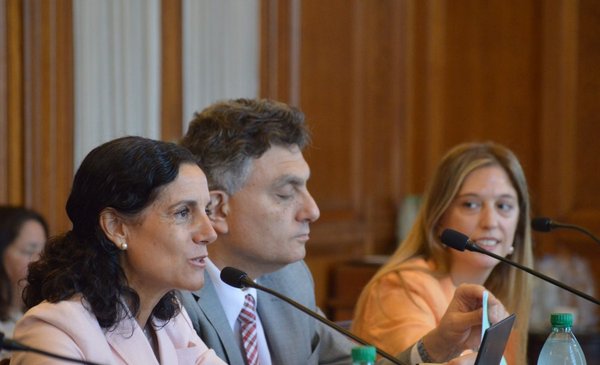Minister Azucena Arbeleche and authorities from the economic team presented the bill to reduce taxes this Thursday before the Senate Finance Committee. The initiative includes modifications in the Personal Income Tax (IRPF) and in the Social Security Assistance Tax (IASS).
The government hopes that the bill will pass quickly in Parliament, so that the amendments will be retroactive to January 1, 2023.
Personal income tax and IASS are annual taxes with monthly withholdings. The director of Tax Advisory of the MEF, María Pía Biestro, explained at a press conference that “once the law goes into effect, both workers and liabilities will see this tax relief. In case of not paying, they will stop anticipating or paying the tax,” he said.
What happens with advances or payments made prior to the entry into force of the law?
This depends on whether or not the worker submits an affidavit before the DGI. If you do not present an affidavit, in December when the employer makes the annual adjustment, the State will return what has been withheld in excess, Biestro explained.
And in the case of taxpayers who file an affidavit, when they file for the year 2023 (next year) they will have a credit in favor of the withholdings made in months prior to the approval of the tax changes.
Biestro added that employers must make some “adaptation” in their payroll system that will be specified when the law is regulated.
personal income tax
According to data managed by the government, the measures will reach some 327 thousand people, 75% of personal income taxpayers. Among them, 207,400 people will see “significant benefit” (47% of total taxpayers).
In addition, 63,000 people who receive less than $60,500 liquid monthly will cease to be taxpayers. The tax waiver will be US$ 80 million per year.
IASS
According to the government, all IASS taxpayers benefit (some 179,000 people). There will be 20,000 liabilities that stop paying IASS, which are the ones that receive liabilities between $45,280 and $50,940 per month. The tax waiver will be US$ 30 million per year.


















